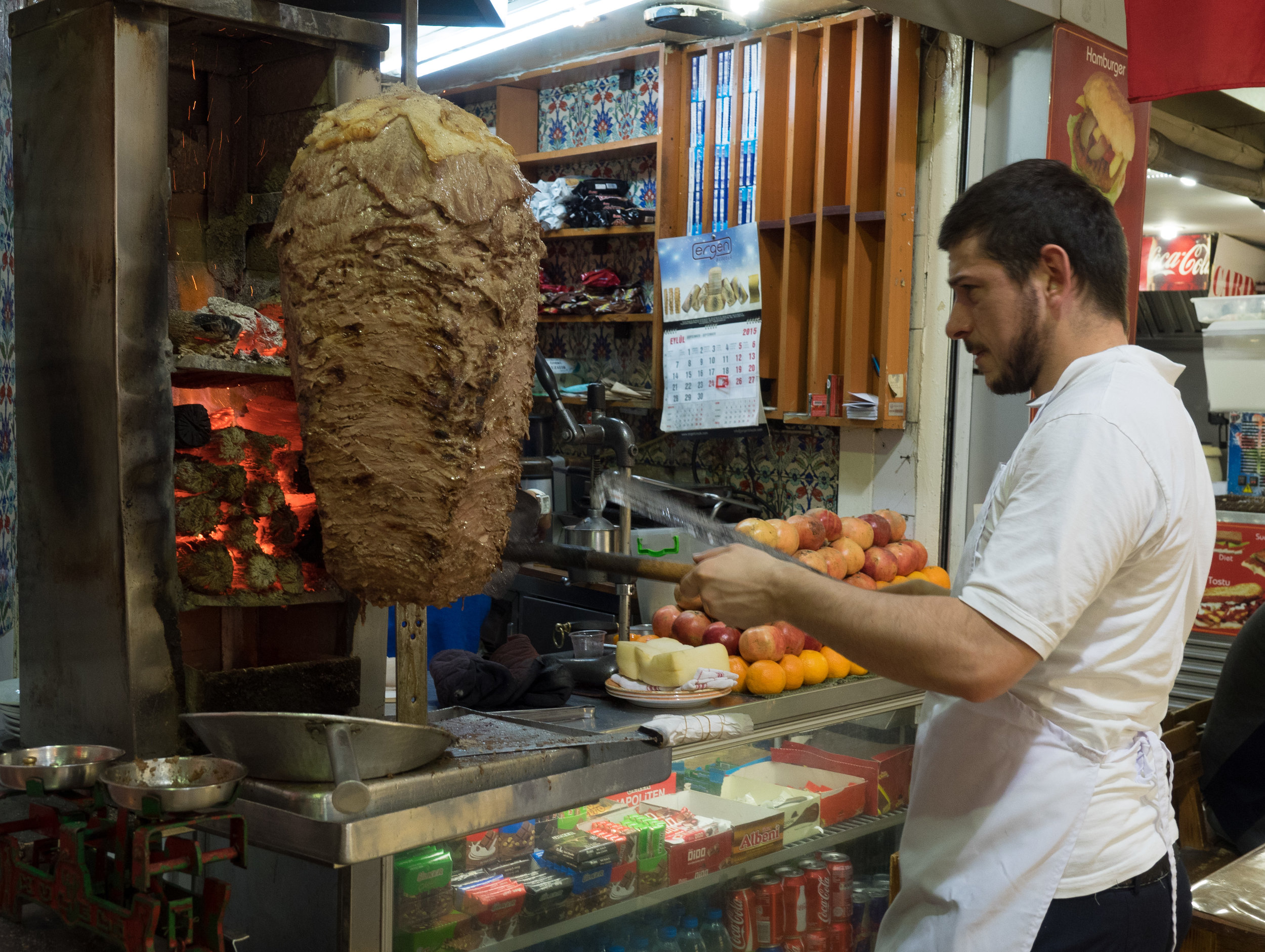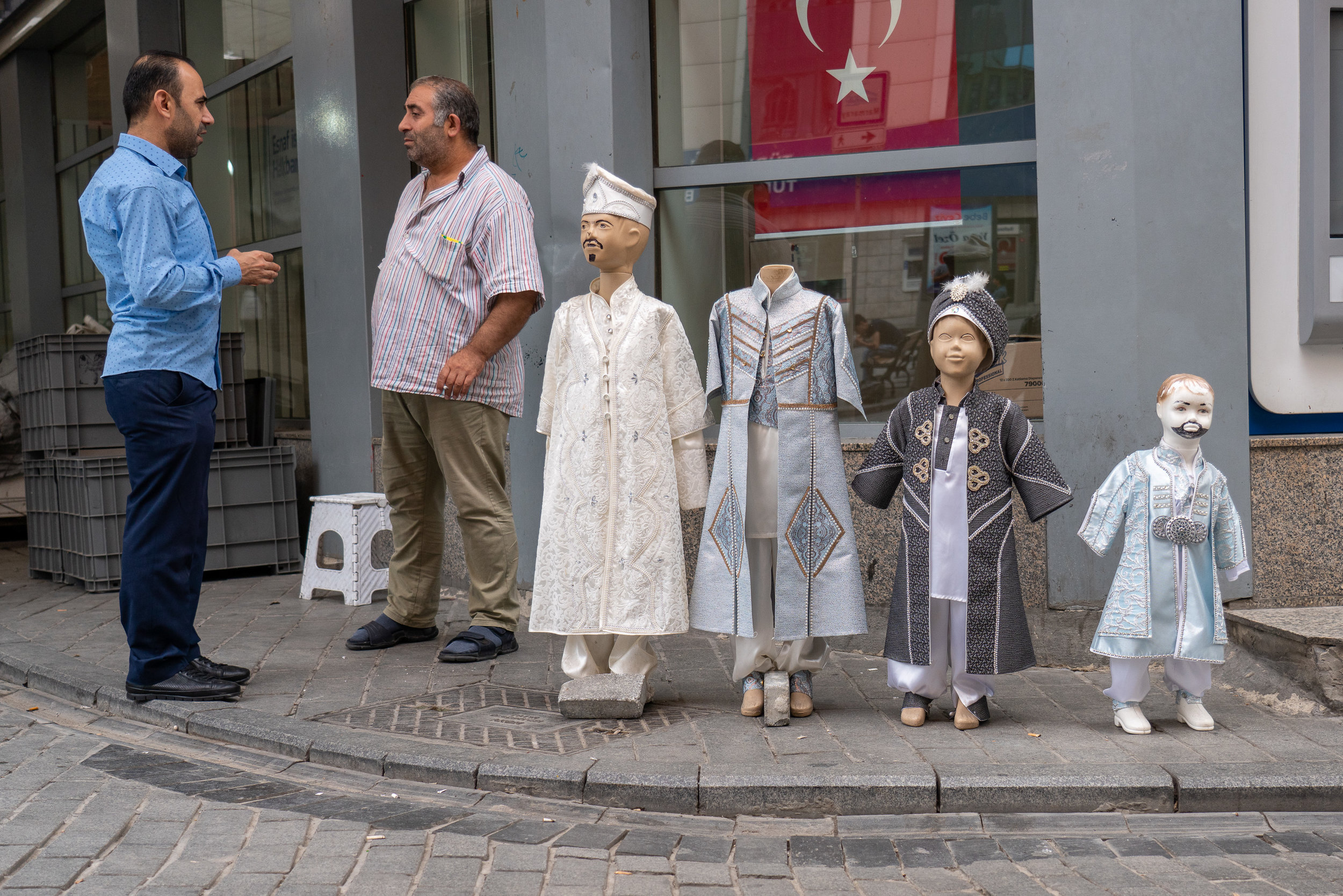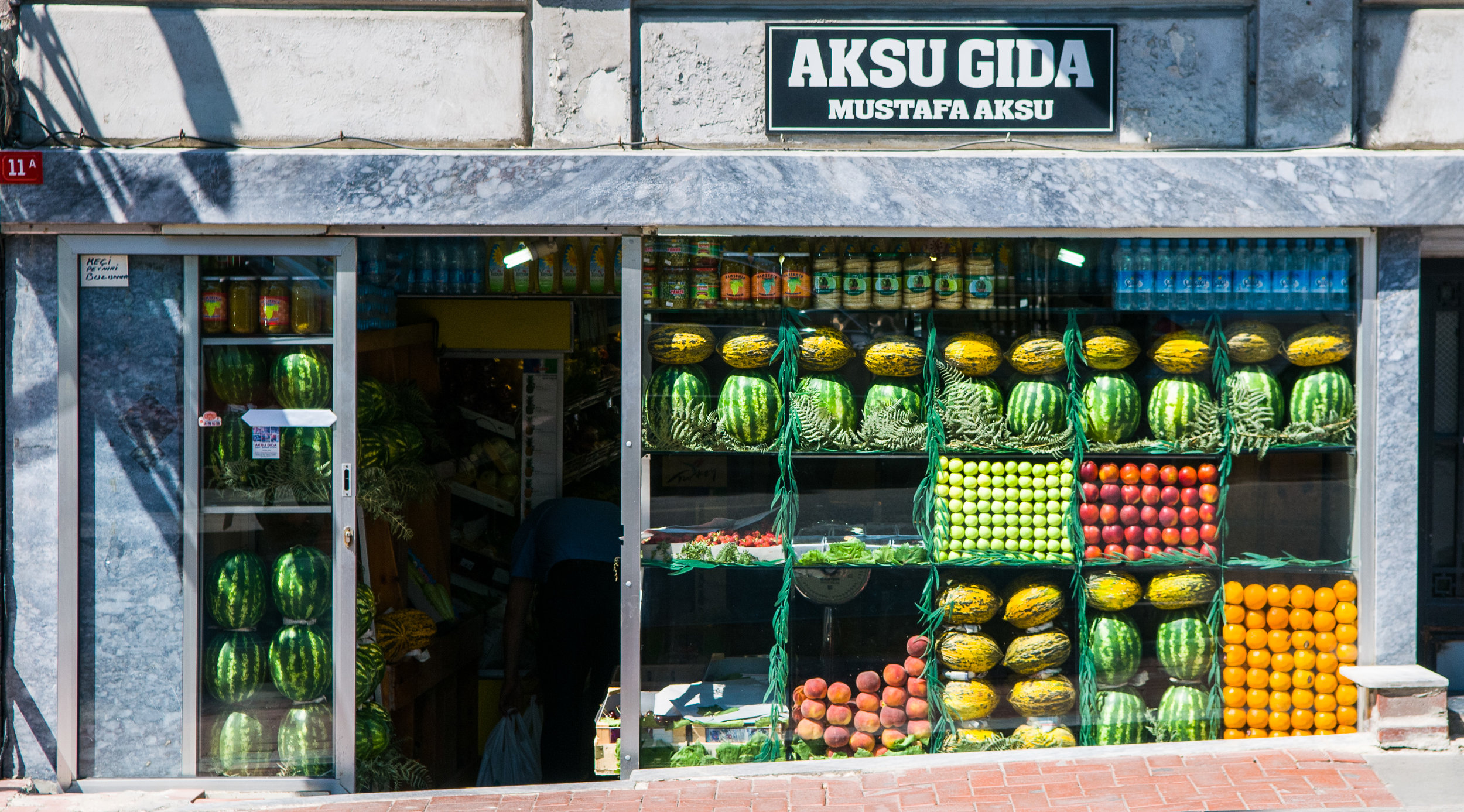A Day in Istanbul
Istanbul is the crossroads of Europe and Asia. It also embodies my own peripatetic history. I have used the city as a waypoint since I was 19 when I first arrived by train from Moscow with two broken ribs.
The Blue Mosque, as seen from the Aya Sofia, a former Greek Orthodox Church built in 532 then converted into a mosque during the Ottoman Imperial period.
A Welcome Waypoint
The Bosporus empties into the Black Sea. Left is Europe, right is Asia.
On that first visit I scarcely had time to get a haircut, find a meal, and hop a ferry across to the Asian side to catch a train to Iran. On my next visit several years later I arrived, newly wed, on a Russian boat from Greece. We visited the Grand Bazaar, bought the proverbial carpet (it survived the divorce), then sailed on through the Bosporus Strait to Odessa on the Black Sea. A few years later I arrived on a midnight train from the Georgian Republic and stopped for a day and two nights to take a short breather after having taken a string of trains all the way from Singapore and before heading on, by train, to the Arctic circle.
Jon-Erik shoots the Bosporus
I brought my son, Jon-Erik, here when he was the age that I was when I first came. We were passing through on our way to Israel, Jordan and Egypt. A few years later, my partner Fran and I had and an ill-fated R&R stopover on the way back from a rather intense visit to Afghanistan that started with food poisoning at a local restaurant and ended with two days and two nights of crawling to and from the bathroom. We saw nothing of the city.
One City, Two Continents
So this year we again found ourselves on a mission to Afghanistan as part of an art exchange project between high school children, and so again Istanbul became a welcome waypoint, marking 45 years of fleeting hello good-byes to this amazing city. This time we brought health, cameras, and two full days to relax, of which one was dedicated to walking the streets on two different continents.
A Good Place to Stay
Where you stay can have a lot to do with the overall experience. We chose a pension in Sultanahmet that was as eclectic, and historic, as the city itself. We splurged on a small suite with a terrace overlooking a patio and the ruins of the first bath house in Istanbul, built (apparently) in 1492. Well, I guess the Romans might have had something to say about that back when it was Constantinople, but no matter.
Sunrise in Sultanahmet
It is difficult to sleep anywhere on jet lag but we were aided by the imam of the Blue Mosque - or his recorded surrogate - who calls the faithful to prayer every morning starting at 3:30am. His sound system, so it seemed, rivaled that of the Red Rocks amphitheater. Call to prayer is a beautiful, deep part of the soul of any city in the Islam world but here in Istanbul it was also an emphatic suggestion to start our day. Yawn.
Blue Mosque
Aya Sofia
Kapalı Çarşı, the Grand (Tourist) Bazaar
Visiting Istanbul without seeing the Grand Bazaar is like Paris without the Eiffel tower or Beijing without the Great Wall. Even if you are not in the market for a Persian carpet or opulent jewelry, you must walk through just to see it all - the shopkeepers, the tea-delivery boys, and the real bazaar which is us, the moving throngs of tourists. Drink it in.
Mısır Çarşısı, The “Real” Market
Just below the Grand Bazaar, along a hillside packed with rabbit-warren alleys lined with a plethora of shops, is what my sister-in-law Marnie, who lives in Afghanistan, calls the “real market”. Here is where true Stanbulites shop for everything from hardware and kitchen items to sexy lingerie. At the bottom the “real market” then merges with the Spice Market, which in turn empties out onto the waterfront where trams cling clang and boats whoot whoot to take people away from the old city center.
Eminonu Market
Uskudar and Asia
After markets, we caught a foot ferry across to Uskudar, the center of Asian Istanbul, and walked over to the toney neighborhood of Kuzguncuk, a valley sandwiched between two steep hills with gingerbread houses clinging to the slopes, and a long tree-lined cafe street where locals come to sit and pass the time. It features old gabled homes and neighborhood cats perched on parked cars.
Icadiye cadesi in Kuzguncuk
Taksim and the Tower
From Uskudar we returned to Eminonu then caught a tram up to Taksim Square, the main part of the old city on the other side of the Golden Horn. From here we walked along Istiklal Cadesi, a pedestrian-only promenade where everyone goes to see and be seen. It all funnels down towards the Galeta Tower, one of the big landmarks of Istanbul and pretty much selfie-central, but from there some of the most interesting sites are along the lanes that cascade from the Tower down to the waterfront. In particular, “music lane” was our favorite. Also not to be missed was the Sensus Wine Boutique just around the corner from the Galeta. Alcohol is not impossible to find in Istanbul but it’s also not easy. Here they had a full range of Turkish wines which we were able to taste and from which we purchase a bottle to take back to our cozy writers’ courtyard.
Istaklal cadesi (street)
Afternoon at Eminönü
We finished the day at the Galata Köprüsü, the ‘fishing bridge’, and had a dinner of Turkish delights at the Hamdi restaurant which sits atop one of the waterfront buildings and from which we were afforded a parting view of the sunset over the city and the Rustem Pasha mosque, which also appears on the top of this blog.

























































